- Outdoor growing isn’t always quite so easy.
- Wind, rain and frost are just some atmospheric agents that can appear unexpectedly in late spring and ruin any marijuana outdoor crop.
- Some techniques and knowledge might help you to face them and still achieve your harvest with a high probability of success.
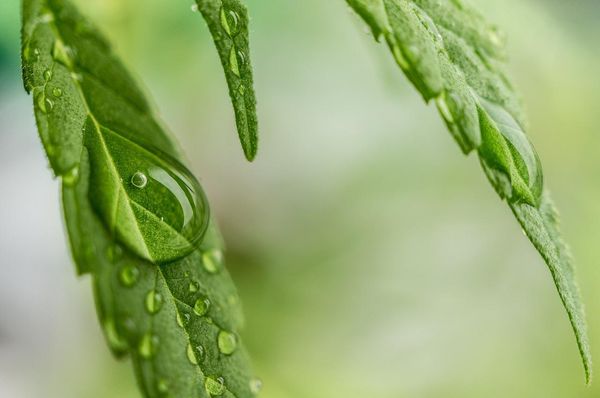
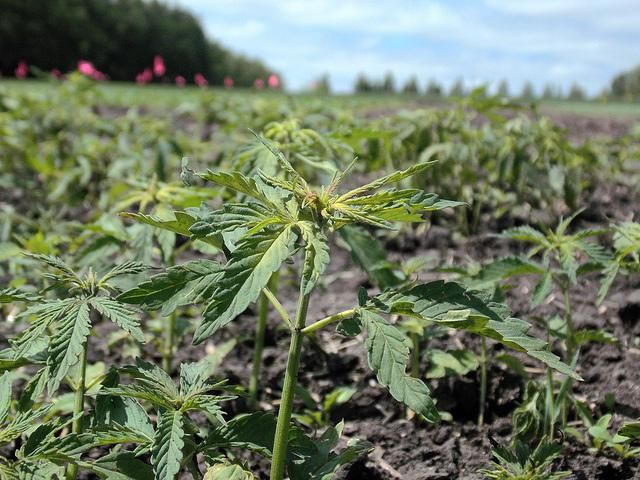
Spring is a time of the year when the weather's usually very changeable. Sudden storms, long drought periods, warm gusts of wind or night frosts are just some of the meteorological strikes that can mess up any marijuana crop during this season. You'll have to be very attentive and take the necessary steps in order to avoid them. Therefore, you should know a series of techniques for outdoor cannabis growing and prepare them in time so these weather extremes can't take you by surprise.
So, the most important thing before planting your marijuana outdoors is to know your zone's climate and to choose a good spot for your crops: is it a cold climate? Rather a warm one? Which place offers greater protection from the wind? What night temperatures are to be expected? These questions help you to delimit potential problems of the ground you grow on in advance.
Wind protection
If your marijuana crops are located in an area prone to wind, such as unprotected areas or places with strong draughts, you should protect your plants as soon as possible. And we're not being dramatic, for some hours of strong wind gusts suffice to break your marijuana plant's branches and leaves, and curing them won't be easy.
One of the most used techniques to keep them safe is tying the plants to posts or sticks stuck in the ground. If your zone is very windy, you can even build a fence with sticks and ropes so your plants get more support. It is further recommended to plant next to hedges or bushes or to set up plastic windbreakers in order to reduce or rather stop the wind. Even moving your pots so the plants are closer to the walls might help.
Another advice is to keep your plants as small as possible, which requires trimming. In this way, they won't reach an excessive height and are forced to grow horizontally, which increases their production by 10 to 20 %. However, you should start pruning from the second week of the growth phase on.
From that moment until the second week of the flowering, you can use different techniques: from cutting about 10 cm off the upper part of the stem to bending techniques to make the plants grow thicker. The only thing you should bear in mind is to prune regularly and systematically during the whole crop cycle and not just during some days, so the plant can recover between each trimming and doesn't suffer too much stress.
Stress generally inhibits the plant's growth. What you believed to be a solution to the wind problem might then actually damage your crops.
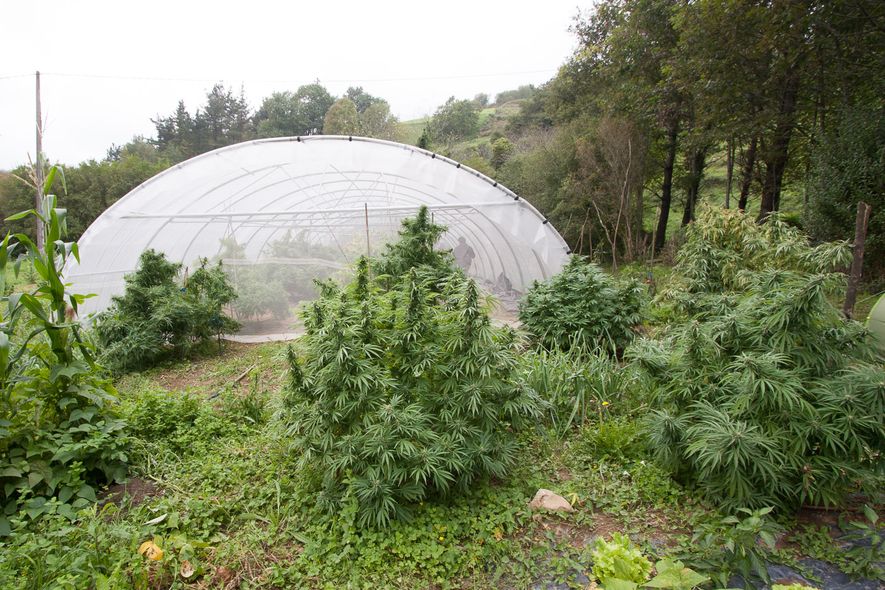
Storm protection
Storms are another of the great threats an outdoor marijuana grower must face. Especially in spring and summer, no one expects them though they can actually come out of nowhere and destroy your marijuana plant's branches and leaves. The most dangerous moment for such sudden rain to appear, however, is during the flowering.
At that stage, the flowers bloom, starting to produce big buds some weeks later. An unexpected storm might not only break the branches by the water's weight, but also cause even more serious moisture problems, which are usually difficult to solve without cutting off lots to cut your losses.
To prevent this, it's best to cover the plants with a canvas or plastic cover whenever the weather forecast calls for a high probability of strong storms caused by big changes in atmospheric pressure. Your choice of material and building techniques will depend on whether you opt for a temporary or a permanent installation throughout the whole crop cycle.
If it's just a temporary measure, you can use any plastic or canvas cover you have at hand and place it more than 30 cm away from your plants to ensure good ventilation and avoid humidity in your crops. If you want it to last, however, you'll have to build a greenhouse.
If the plants have already been exposed to rainfall and are planted in pots, you'd better separate them a bit so the wind can blow between them and dry them fast. This measure, which also serves against night frosts, prevents mould formation.
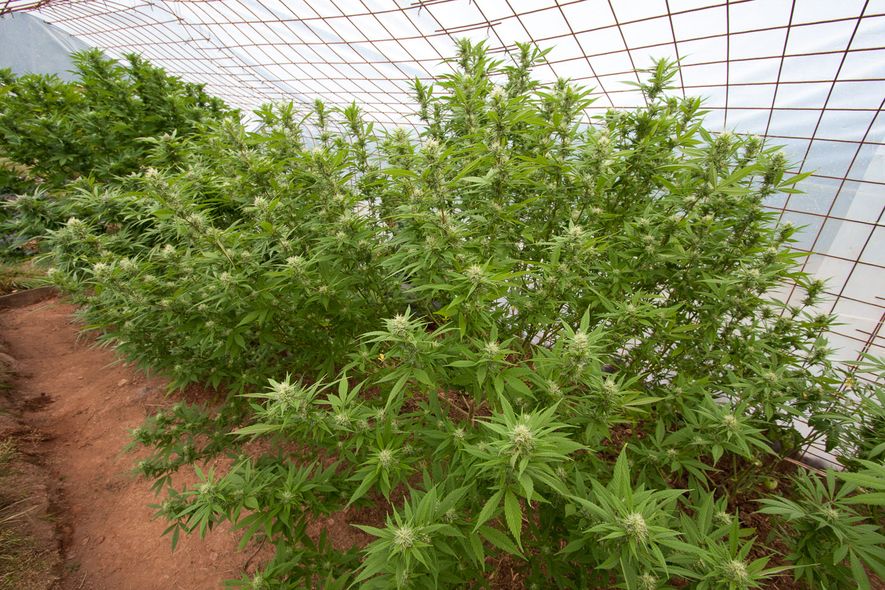
Night frost protection
Frosts are another weather event that can be very harmful to marijuana, especially in continental climates or mountainous areas. Low temperatures and high ambient humidity affect the crops from the roots to the leaves.
The ideal solution to avoid this is to cover your crops during the nights when frost is expected in your area. Just as when protecting them from sporadic rain, you can use any type of plastic, but make sure to remove it in the morning so the sun can dry the plants and even the night hours' humidity.
Humidity usually comes with unwanted pests and fungi turning the marijuana plants into their new home. Such is the case of grey mould, which is caused by the Botrytis fungus and makes marijuana completely unusable. Some insects also prefer moist environments to settle down, for example the larvae of the dark-winged fungus gnats, which feed upon the fine leaf hair, making the plant incapable of absorbing fertilizers and prone to infections.
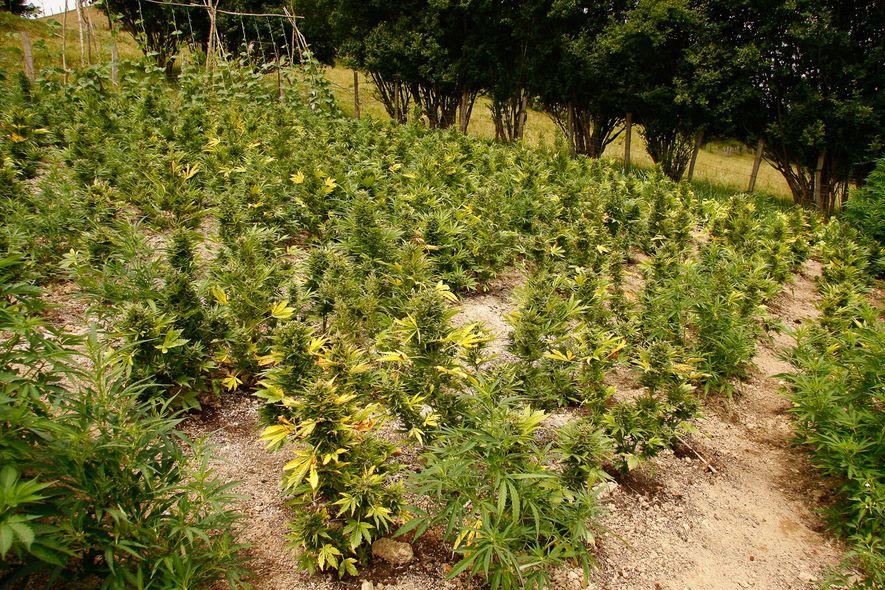
Drought protection
Not only wind and water can harm your marijuana crops, long drought periods without any rain at all cause serious problems, too. Some growers only water the plants when harvest time approaches, but you should be careful there, because the plants might wither and end up burned by sunlight.
The main solution during these periods is watering your plants manually with plenty of water. You should therefore fix watering times during the coolest moments of the day, for example early in the morning or at sunset, when the sun doesn't fall on the plants directly and you can make better use the water.
You can also use materials such as polymers or straw to ensure better water retention and assimilation. Adding polymers to the substrate, for instance, improves the ground's retention capacity, while putting straw on top limits evaporation.
Furthermore, you can use nutrients and supplements against heat, too. Seaweed and silicon supplements or such for root development, for example, make the leaves stronger and repel bacteria that also come with particularly hot periods.
You should as well do everything possible to protect the root system. One option is to grow your plants in clear pots and cover them with white canvas to prevent heat build. Another option is to set up your crops in a shaded area. The flowering won't be quite so abundant as with direct sunlight, but the water consumption will be reduced, which is the goal.
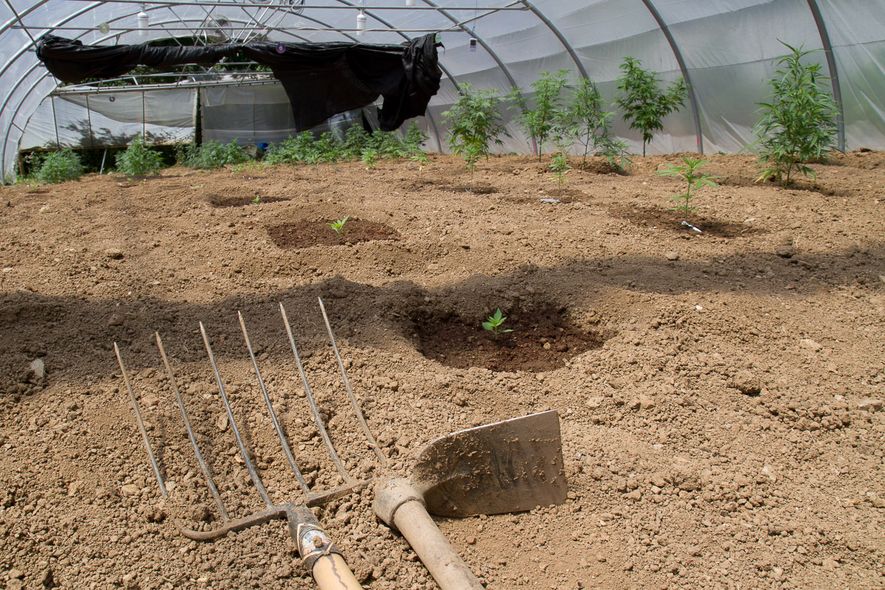
The right seed is key
Another central recommendation to face drought periods is choosing your outdoor genetics among those growing naturally in the driest areas. The most suitable marijuana seeds for hot climates are usually Sativa strains, which are descendants of the equatorial zone's native plants and resistant to temperatures over 30 ºC. Among the huge variety of strains, Santa Sativa or Original Amnesia by Dinafem are perfect for this climate.
On the contrary, when it comes to colder or more humid climates, you should choose a seed that's resistant to excessive water and humidity. Indica strains are the ones that adapt best to these conditions, thanks to their short flowering cycle that avoids a lot of problems. Another option are Indica and Sativa hybrids such as Moby Dick, Blue Hash, White Siberian or California Hash Plant, which are considered perfect all-rounders for all areas given their high resistance. Find out which the right Dinafem strain depending upon your area's climate is in this post.
Experts assure, however, that the climate change helps marijuana to grow stronger and to handle shortage of recourses better than other plants. Though it usually requires huge amounts of water to grow strong, cannabis doesn't need much to survive. It's actually one of the plants that adapt best to any climate, which explains why it's survived for millions of years already.
Still, climate and its extreme atmospheric agents can cause huge damage to your outdoor marijuana crops. The keys to avoiding them are, apart from choosing the right location and seed, to always remain attentive to the weather forecast and to take the necessary steps before the bad weather arrives.



Comments from our readers
Read comments in other languages:
Did you like this post?
Your opinion about our seeds is very important to us and can help other users a lot (your email address won't be made public).